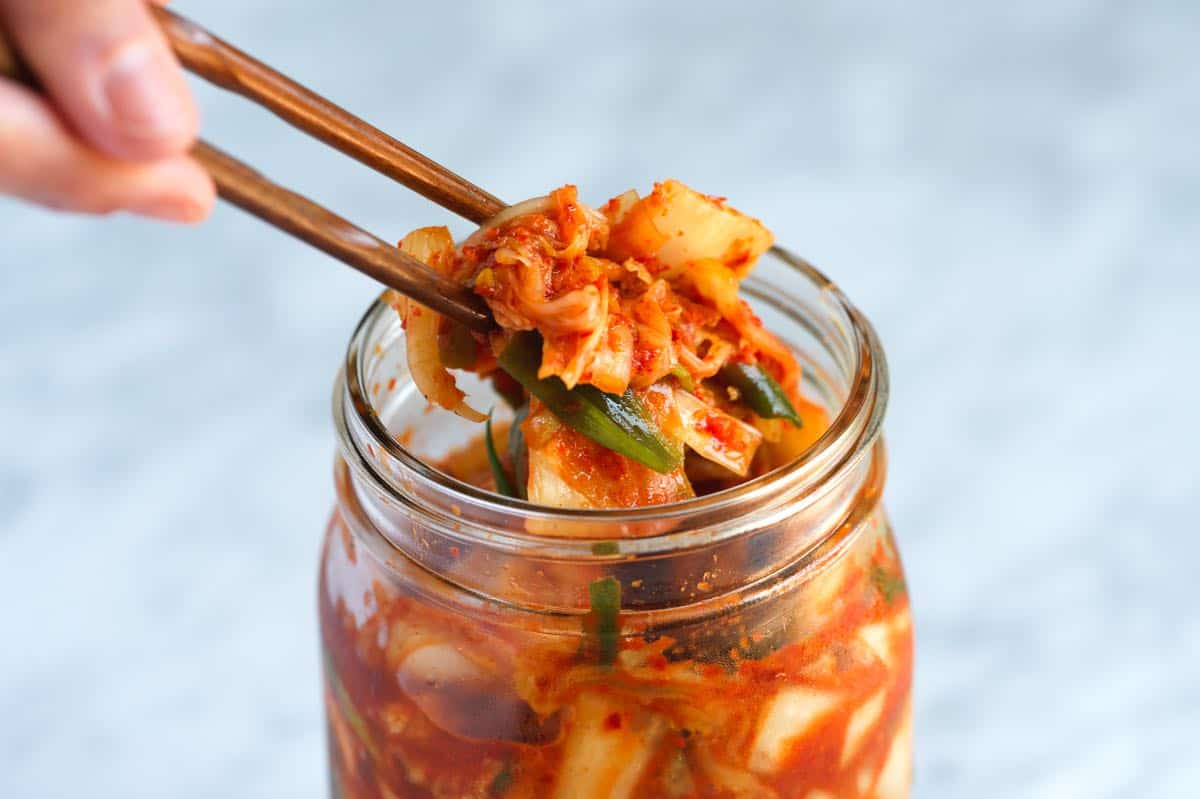We love this beginner-friendly kimchi recipe! So if you’ve been considering making your own kimchi, now is the perfect time to try! Trust us, it’s easy, especially with our easy-to-follow recipe and helpful tips.
What is Kimchi?
Kimchi, also called kimchi, is a favorite Korean dish made from fermented vegetables. The most common variety of kimchi is prepared using napa cabbage (bacho). It is traditionally served as banchan (side dishes that accompany the meal). Kimchi is also used in kimchi fried rice, stews, dumplings, savory pancakes and noodles. I also add it to sandwiches, wraps and salad bowls and right now, my favorite way to enjoy kimchi is with scrambled eggs!
How to make Kimchi at home
We still have a lot to learn about making different varieties of kimchi, and we love to taste and explore other options. Our kimchi recipe below is a great entry point. You can also adjust to your preferred spice level, depending on how much gochugaro (red chili powder) you use. We worked on this recipe with Chef Richard Hataway. Try it soon. You are going to love it!
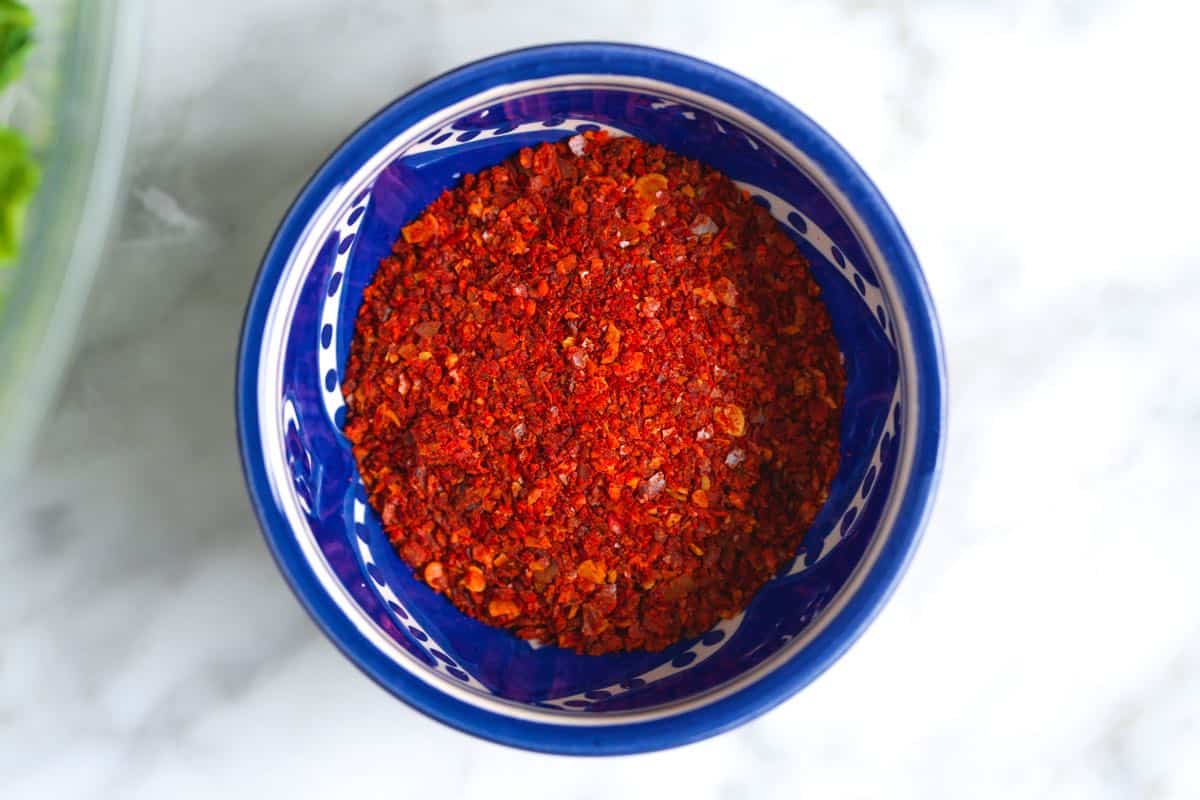
One of the best parts about kimchi is that it tastes good fresh (not fermented), or fermented. So you can make a batch, enjoy some as a salad, and leave the rest in a jar in your fridge to ferment.
Opinions on what makes the best kimchi vary, and that’s okay. Kimchi is a traditional dish that has had centuries to adapt from family to family. This recipe is our starting point. It requires ingredients that we usually have available in our area and produces the kind of kimchi we crave.
When making kimchi, we will have to follow Two basic steps:
- Cut and salt the cabbage. This kills any bad bacteria and helps draw excess water from the cabbage. Then, after letting the cabbage sit with salt, we rinse and drain it until it’s mostly dry.
- Massage a paste made from red chili powder (gochugaru) and other ingredients such as garlic, ginger, fish sauce and sugar into the cabbage. You can enjoy the kimchi fresh (immediately) or allow it to ferment. Fermentation will take place at room temperature or in the refrigerator. It’s slower in the fridge, but fermenting in the fridge is our preferred method (it’s hands-on and easy).
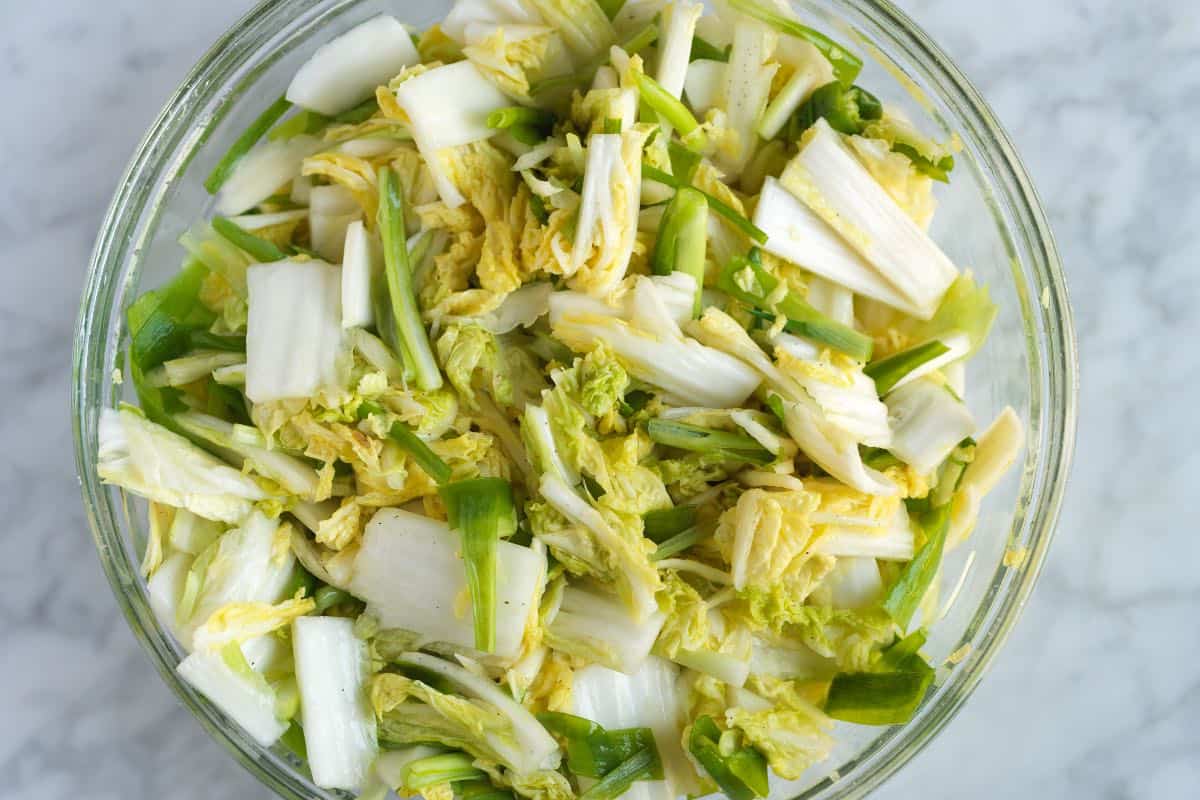
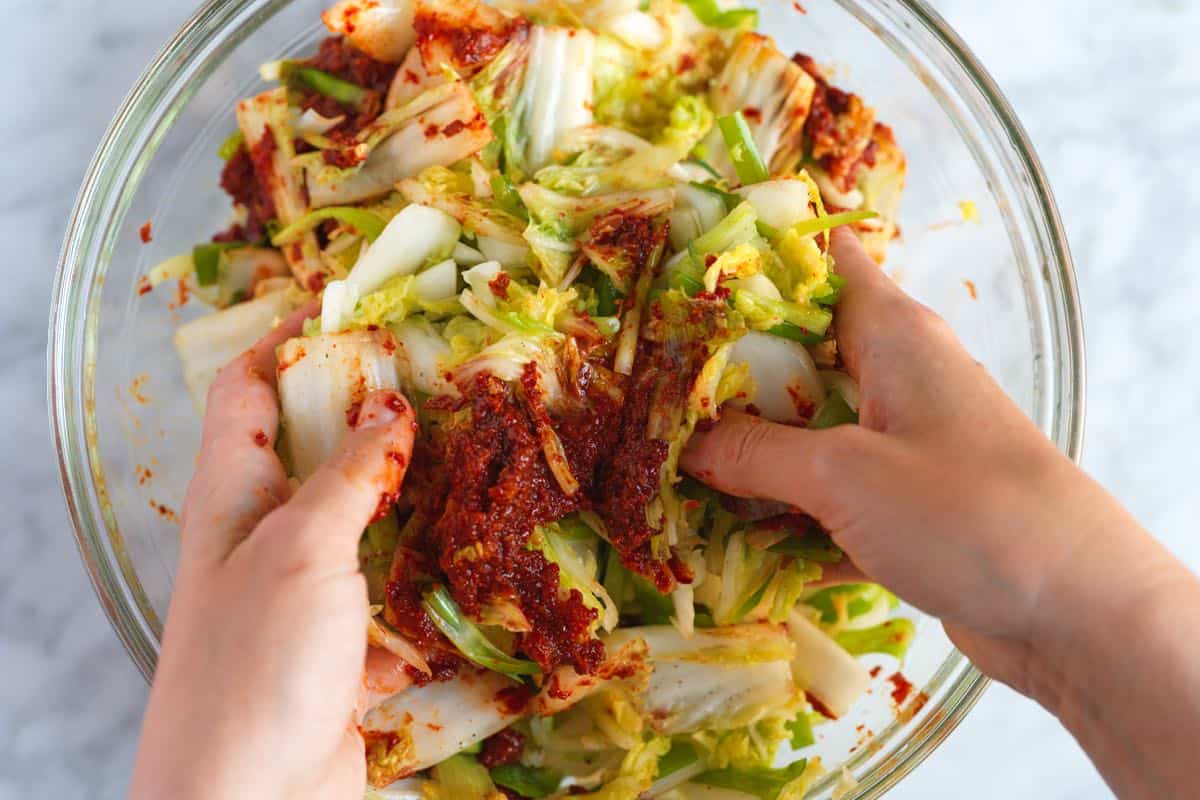
More cabbage recipes: Try our easy roasted cabbage or this quick homemade sauerkraut
How long does it take to ferment my flour?
The fermentation time of kimchi can vary according to personal preference and the level of dryness desired. Usually, the fermentation takes 2 to 3 weeks in the refrigerator.
Some people allow the kimchi to ferment at room temperature for a day or more. This speeds up your fermentation, but we prefer to just slide our jar into the fridge and let it ferment there. It’s a little slower, but after a few weeks, the kimchi fermented in the fridge has the same sour, funky notes.
How long does my flour last?
In the refrigerator, the kimchi can usually stay fresh for several months. However, its taste and texture will continue to change gradually over time. Some people prefer the taste of well-aged kimchi, while others enjoy it relatively fresh. Personally, I prefer fresher styles of kimchi. Please note that our recipe below is not intended to be shelf stable (cannot be left unrefrigerated for an extended period of time).
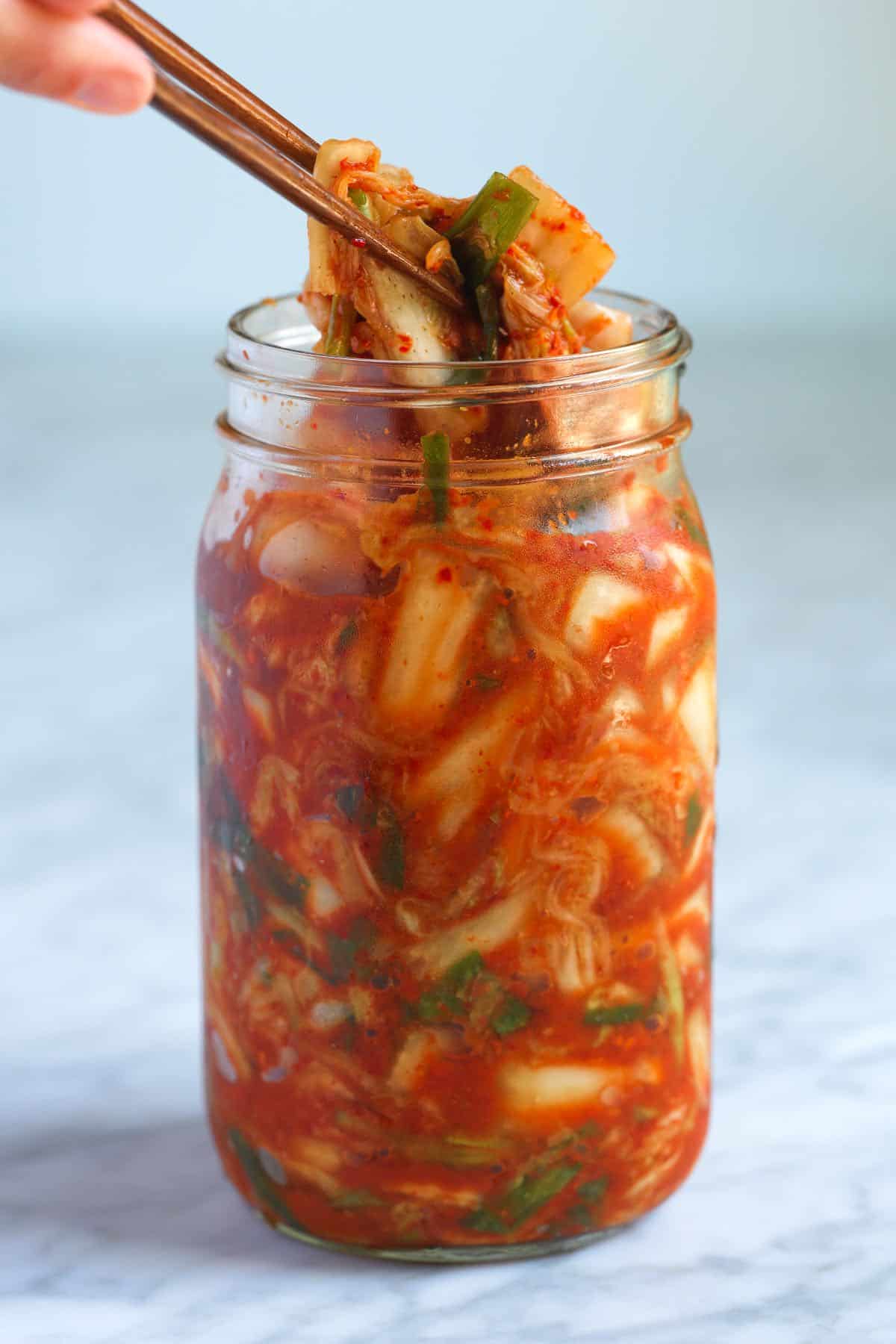
More frequently asked questions
Should I use the rice thickener? Although optional, the rice thickener, a slurry of rice flour and water, helps adhere our chili paste to the cabbage. To prepare it, simply cook sweet rice flour with water on the stove, similar to making oatmeal. We recommend buying sweet rice flour (we use Bob’s Red Mill), but finely ground glutinous rice (commonly known as sweet rice) or jasmine rice can also be a suitable substitute (use a clean electric spice grinder or small blender).
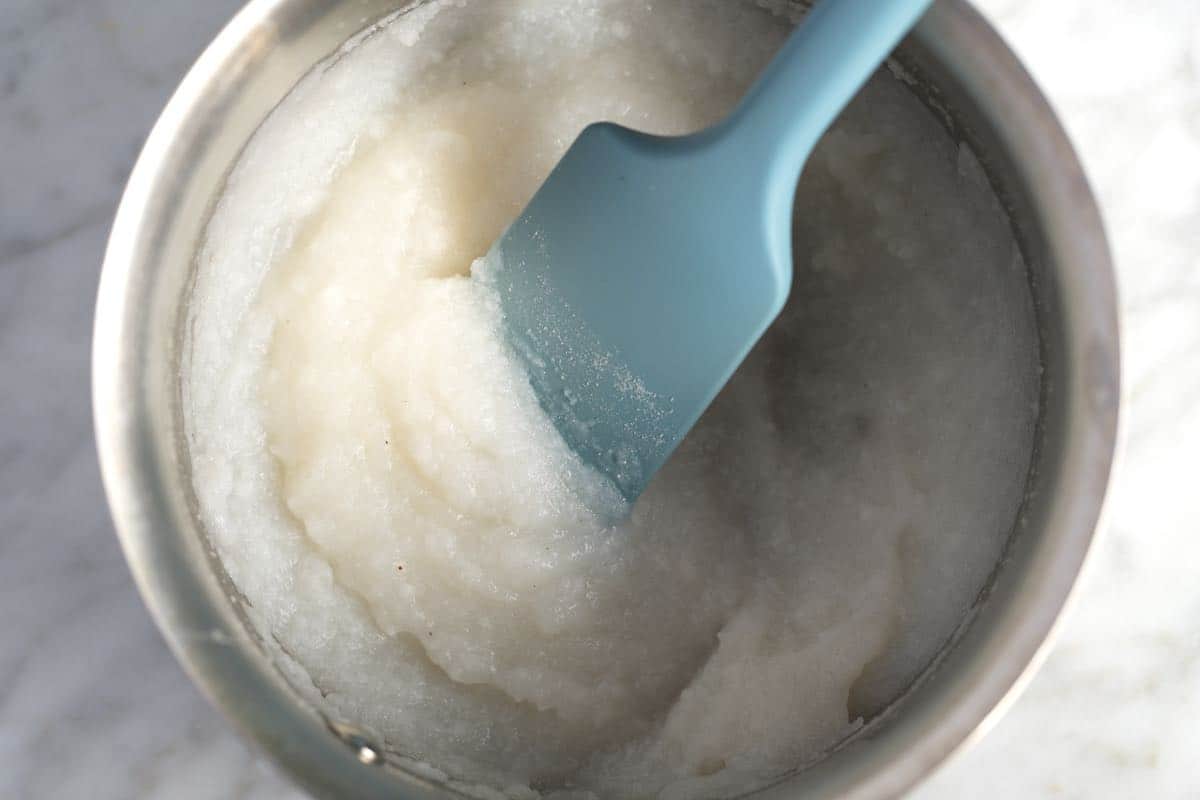
What is the fish sauce for? Kamakhi often has a seafood component such as fish sauce, oysters, squid or salty shrimp paste. It is added for umami, a rich, salty flavor. We keep Red Boat fish sauce in our kitchen, so that’s what we use, but if you have access to a Korean market, you can buy Korean fish sauce.
Is it possible to make vegetarian flour? Yes! It’s pretty simple to adapt our kimchi recipe below to be vegetarian and vegan. In our recipe, we add fish sauce to add umami flavor. You can leave it out for vegetarian kimchi, or to retain some of that umami flavor, use miso paste (recommended amounts are in the tips section of the recipe below).
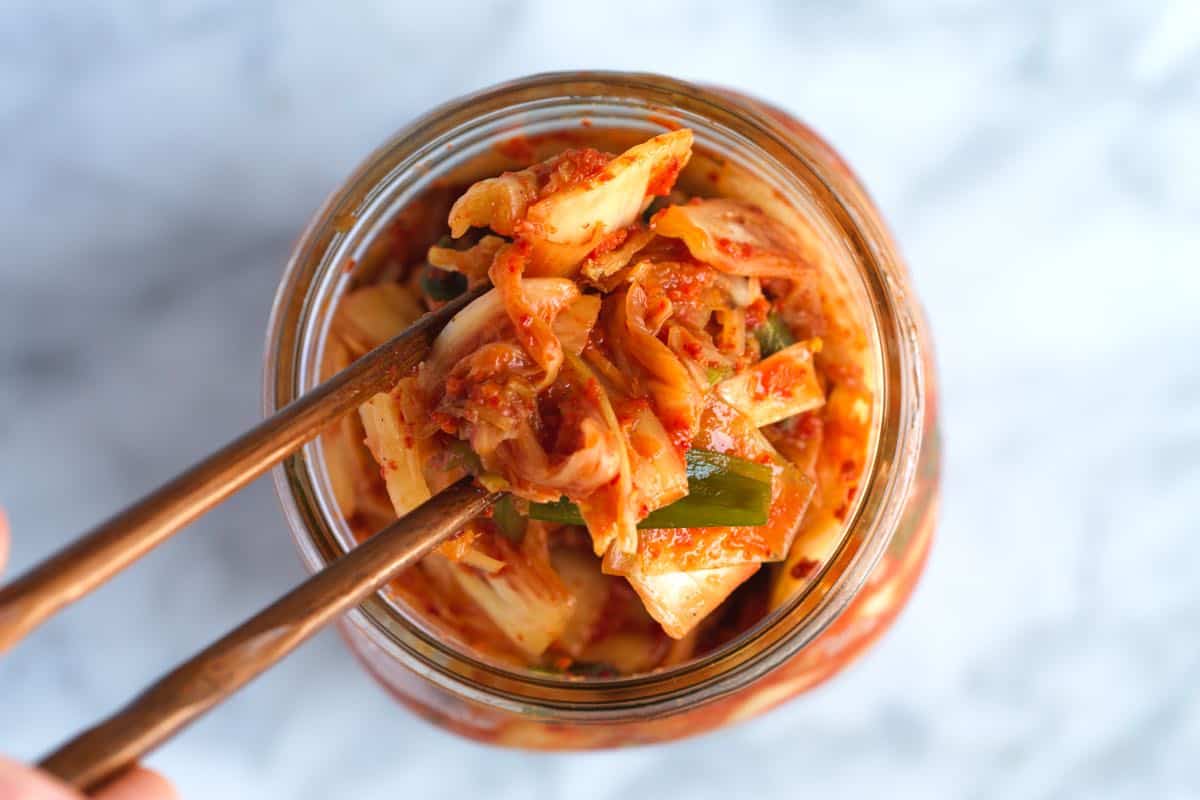
Homemade cabbage flour
-
PREP
-
Total
Our kimchi recipe is beginner friendly. It’s simple and can be adjusted to your preferred spice level, depending on how much gochugaro (red chili powder) you use. While some recipes leave the cabbage in chunks, we cut ours into bite-sized pieces. This simplifies things and saves some time during the brine. We usually make cabbage kimchi only and don’t add any other vegetables (except ginger and scallions), but feel free to add grated Korean radish, daikon or carrot.
Makes 1 1/2 quarts
you will need
flour ingredients
1 cabbage, about 3 pounds
2 and a half tablespoons (42 grams) of fine sea salt
12 green onions
2 tablespoons rice thickener, recipe below
5 tablespoons (45 grams) gochugaro, Korean red chili pepper powder
8 finely grated garlic cloves
1 2-inch button fresh ginger, finely grated
2 tablespoons of fish sauce
4 teaspoons of sugar
2 tablespoons of water
Rice thickener
1 tablespoon of sweet rice flour
1/2 cup cold water
Arrival instructions
1Prepare the cabbage. Cut the cabbage in half lengthwise and remove the core. Cut the halves into small slices, then slice crosswise to cut the cabbage into 1 ½-inch pieces.
2Prepare green onions. Cut and discard the ends of the roots and slice the green onion in half, lengthwise. Cut onion halves crosswise into 2-inch pieces.
3Place the cabbage and green onion in a large bowl (if necessary, use two bowls). Sprinkle the salt and mix well to combine. Cover with a clean dish towel and let sit at room temperature until the cabbage is noticeably wilted, one to two hours. After 30 minutes, toss the cabbage to redistribute the salt.
4Meanwhile prepare the rice thickener. Mix 1 tablespoon of rice flour and 1/2 cup of water in a small pot. Heat over medium heat and cook, stirring constantly, until a thick paste is obtained. Remove from the heat and let it cool.
5Prepare the chili paste. Mix the gochugaro, garlic, ginger, fish sauce, sugar and water in a medium bowl. Add 2 tablespoons of the cooled rice thickener. Mix until a uniform mixture is obtained. Keep in the fridge until the cabbage is ready.
6When the cabbage is wilted, wash it well in cold water (I wash 2 to 3 times). Then, set the cabbage aside to drain for 20 to 30 minutes (or use a salad spinner to remove most of the water).
7Massage the chili and spices into the drained cabbage. Consider using gloves for this step. Continue massaging the paste into the cabbage until the entire cabbage is well coated.
8Pack the kimchi into a 1-quart jar (if you have extra, use a second jar or a smaller 16-ounce jar). Carefully press the kimchi until the liquid (salt) covers the cabbage. If your jar is full, leave at least 1 inch of space between the kimchi and the lid. If you have one, place a fermentation weight on top and seal the jar.
9Put the kimchi in the fridge to ferment. After a day, check the kimchi and “burp” it with a clean spoon to press down on the tightly packed cabbage to push out trapped air bubbles.
10You can enjoy kimchi at any stage, but it will take on funky and sour notes after a week or two. During fermentation, you may see bubbles form, and brine may seep out of the jar, so consider placing the jar inside a small bowl to catch something.
Adam and Joan’s tips
- Vegetarian or vegan kimchi: Leave out the fish sauce and add 1 to 2 tablespoons of white or red miso paste to the chili powder mixture before massaging it into the cabbage.
- Salt: Use non-iodized salt. Iodine can prevent proper fermentation.
- Gochugaru: Korean red chili powder or flakes add heat, flavor and a vibrant red color to kimchi. We used mother-in-law’s Gochugaru in our photos because it is commonly available at local grocery stores. You can also find Gochugaru sold in international/Korean markets. If you have a choice between hot or mild, choose mild as you can add more and make your kimchi more vibrant without making it too spicy (tip from Mangchi).
- Spicy Kimchi: Increase the gochugaru in the recipe or use gochugaru marked medium or hot to make your dish. You can taste the chili paste while you’re making it to see if it’s spicy.
- Nutrition facts: The nutrition facts listed below are estimates. We used the USDA database to calculate approximate values. Note that it is difficult to determine sodium in this recipe.
If you make this recipe, snap a photo and tag it #inspiredtaste — we love seeing your creations on Instagram and Facebook! Find us: @inspiredtaste
nutrition per serving
portion size
1/2 cup
/
calories
22
/
total fat
0.5 grams
/
Saturated fat
0.1 gram
/
Cholesterol
0 mg
/
sodium
283.7 mg
/
carbohydrate
4.4 grams
/
Dietary fiber
1.3 grams
/
Total sugars
2 grams
/
protein
0.9 grams
